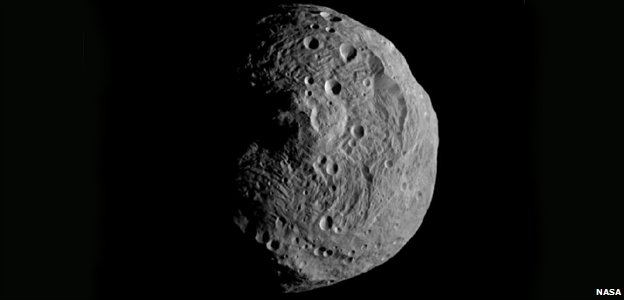Three Years of SDO Data – Narrated
If you enjoyed the recent video from Nasa’s Solar Dynamics Observatory (SDO) – “Three years in three minutes” – but would have liked more of an explanation of what was going on with our own local star… here it is again! This time, though, extended, and narrated by NASA’s Goddard Space Flight Center heliophysicist Alex Young. [Credit: NASA’s Goddard Space Flight Center] Pete Baker











